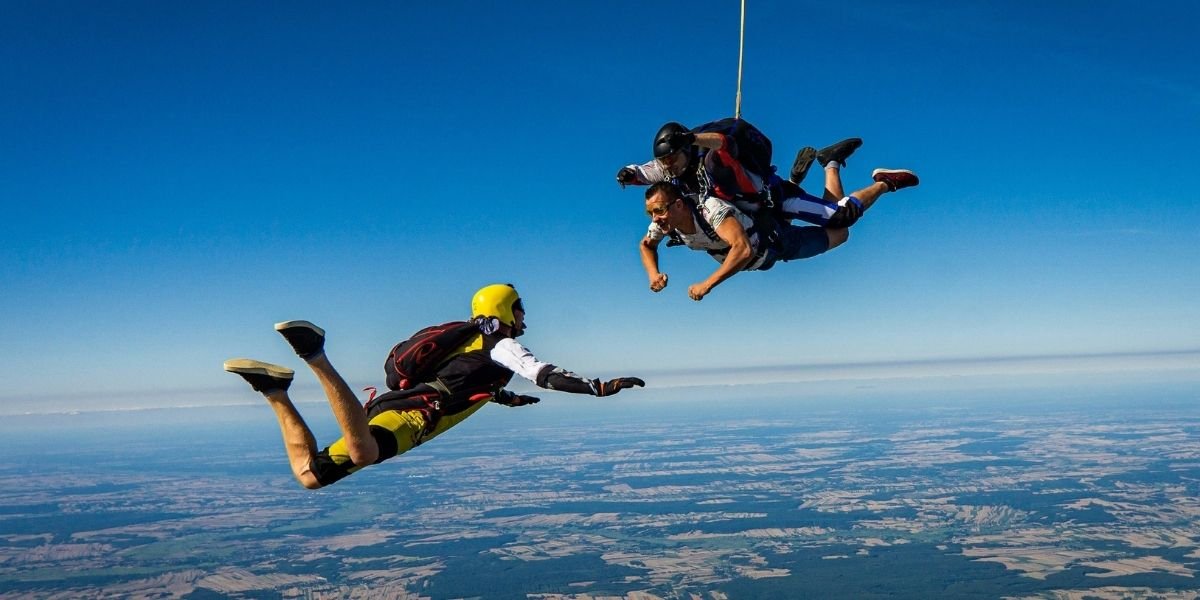The “Gen Z Stare” has become a widely talked-about phenomenon, sparking curiosity and debates online. Defined by a blank, emotionless expression, the stare is often noticed in social settings and has led many to wonder what it truly means. Is it a sign of rudeness or simply a reflection of a new way of interacting with the world? This article explores the Gen Z Stare, its causes, and its impact on social interactions.
Read also: 16-Year-Old Emma Rose Turns a Local Election into a Viral Blueprint for Gen Z Leadership
What Is the Gen Z Stare?
The Gen Z Stare is a facial expression that’s often described as blank, emotionless, or distant. It’s typically seen when a member of Gen Z, those born roughly between 1997 and 2012, is engaged in a social interaction where they would traditionally offer a verbal response or greet someone. Instead of the expected smile or greeting, Gen Z may respond with a silence and a stare.
Although this might seem odd to older generations, it’s important to understand that it’s not necessarily a sign of disrespect or disinterest. For many Gen Z individuals, it’s just how they navigate social interactions. It’s less about ignoring someone and more about avoiding the pressure to engage in small talk or polite conversation that might feel unnecessary.
Why Do Gen Z Individuals Use the Stare?

Several factors contribute to the rise of the Gen Z Stare, and it’s not simply about being rude or disengaged. Understanding the broader context of how communication has shifted in recent years helps explain this behavior.
- Digital Communication Overload
Growing up in a digital-first world, Gen Z is used to communicating through text, emojis, and online interactions. The constant use of digital devices has led to a shift in how many of them engage face-to-face. In this context, traditional social rituals, like greeting someone with a smile or engaging in small talk, may feel awkward or unnecessary. The stare, then, could be a way of disengaging from a conversation they don’t feel compelled to have. - Comfort with Boundaries
This generation has become more vocal about the importance of personal boundaries. The Gen Z Stare can be seen as a way to set these boundaries. Rather than indulging in a conversation or performing the expected pleasantries, they use the stare to signal that they’re not comfortable participating in that interaction, whether because of social anxiety, exhaustion, or simply not feeling like it. - Social Anxiety and Mental Health Awareness
Another factor to consider is the increasing awareness of mental health issues among Gen Z. Social anxiety is common, and many in this generation experience discomfort in face-to-face interactions. In these cases, the Gen Z Stare can act as a coping mechanism, a way to avoid an overwhelming social exchange. It’s not an unwillingness to engage; it’s simply a way of handling the pressure to interact.
How Do Older Generations View the Gen Z Stare?
For those who belong to older generations, the Gen Z Stare can be confusing or even frustrating. There’s often an expectation that social interactions should involve some level of engagement, like a smile, a greeting, or a polite response. When this doesn’t happen, older individuals may assume that the Gen Z person is being rude or dismissive.
However, this interpretation often overlooks the emotional context behind the behavior. The stare is not necessarily an expression of disrespect. It’s more about how Gen Z navigates expectations they don’t feel the need to follow. In a world where the traditional rules of social etiquette are shifting, the stare might just be a more honest way of showing that they’re not interested in performing politeness.
What Are the Social Implications of the Gen Z Stare?
The Gen Z Stare highlights the changing dynamics in how people communicate with each other. While older generations may interpret the behavior as a breakdown in manners, it actually reflects a broader shift toward valuing authenticity and emotional honesty.
- Questioning Social Norms
For many in Gen Z, the stare is a way to challenge the social norms that have long dictated how people should act in public. Instead of adhering to the expected scripts of polite conversation, they choose to express themselves in a way that feels more genuine. This behavior might seem unusual to older generations, but it’s a clear signal of how communication is evolving. - The Role of Mental Health
As conversations about mental health become more common, the Gen Z Stare can also be viewed as a response to the anxiety and stress that many feel in social settings. Gen Z is more open about mental health struggles, and the stare could simply be a way of managing those feelings. It’s not that they don’t care, it’s just that social interactions can be draining, and they’re prioritizing their emotional well-being over societal expectations. - Navigating the Workplace
In professional environments, the Gen Z Stare can be particularly noticeable. Whether it’s in customer service roles or casual workplace interactions, younger employees may be seen responding to questions with little more than a blank look. For older coworkers, this might seem unprofessional. However, for Gen Z, it could be a way of asserting their boundaries in a work culture that can sometimes demand too much social performance. Understanding this behavior could help bridge generational divides in the workplace, fostering more positive interactions.
Read also: Understanding the Influence of Millennials and Gen Z in Marketing Strategies
How Can Intergenerational Communication Improve?

Bridging the communication gap between generations isn’t just about understanding the Gen Z Stare; it’s about recognizing how these new communication styles reflect broader shifts in society. One way to improve interactions is by recognizing the context behind behaviors like the stare. Understanding that social anxiety, personal boundaries, or the rejection of outdated social norms can influence how Gen Z interacts with others can go a long way in reducing misunderstandings.
Additionally, adjusting expectations in both professional and personal settings can help. Older generations may find it helpful to consider that Gen Z prefers a more direct and emotionally neutral approach to social engagement. This doesn’t mean abandoning politeness, it’s simply about acknowledging that the expectations for interaction have changed.
Encouraging more open conversations about these generational differences can also foster understanding. By acknowledging the reasons behind behaviors like the Gen Z Stare, individuals can develop a greater appreciation for how these shifts are shaping communication in today’s world.
The Gen Z Stare isn’t just a trend, it’s a reflection of how this generation is navigating a rapidly changing social environment. By understanding the nuances of this behavior, people from all generations can communicate more effectively, fostering deeper connections and reducing misunderstandings in the process.







